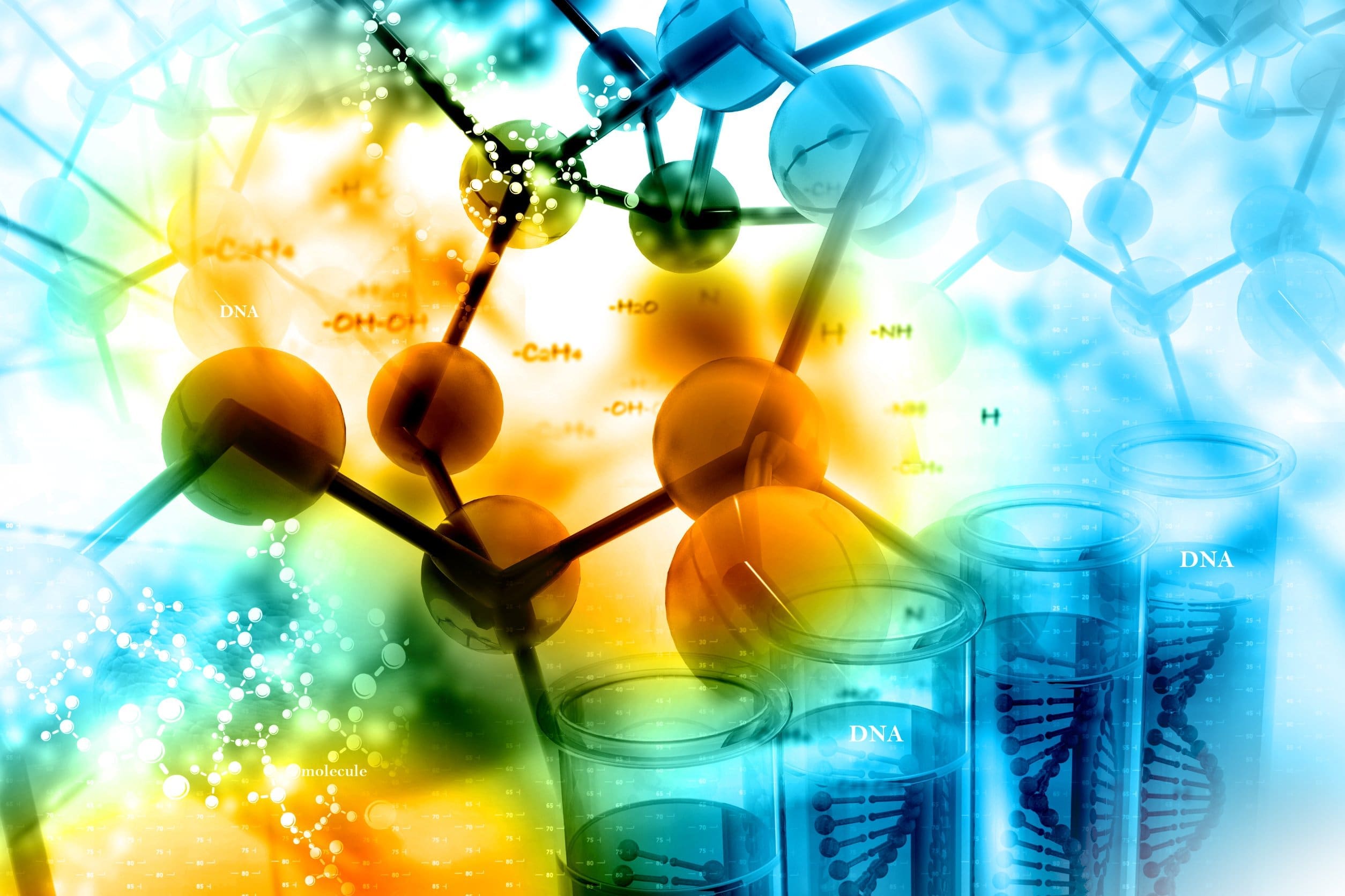In this post
When producing equations to represent the changes that occur during a chemical reaction, it is important to remember the conservation of mass rule. During a chemical reaction, the mass of the reactants is the same as the mass of the products formed. This is because atoms are not being added or removed. The same atoms from the reactants are used to make the products, they are just arranged in a different manner.
This means that the number of atoms of each element in the reactants must be the same as the number of atoms of the same element in the products. You must be able to understand the difference between large numbers written in front of the formulae such as 2 in 2HCl and the smaller subscript numbers written behind letters in the formulae, for example the 4 in CH4.
How to read chemical formulae
Suppose you have Cl2 and 2Cl. How would you determine the difference? Cl2 means that we have two chlorine atoms chemically bonded together. 2Cl means that we have two separate chlorine atoms which are not bonded together.
A small subscript number in a formula only applies to the atom immediately before it in the formula. If a formula has small subscript numbers and a large number in front, the number of atoms must be multiplied by the number in front. For example, if we had H2O we know this contains two hydrogen atoms and one oxygen atom. If we had 2H2O this means that we have two water molecules meaning that all together we would have four hydrogen atoms and two oxygen atoms.
If there are brackets in a formula, a small number outside of the brackets is used as a multiplier for everything inside the brackets. For example, in the formula Ca(OH)2, there is one calcium atom but two oxygen atoms and two hydrogen atoms.
Balancing equations
During chemical reactions, atoms are not lost or made. There should be the same number of atoms at the end of a chemical reaction as there are at the start. This is called a balanced equation. In balanced symbol equations, atoms at the start are called reactants and the atoms at the end are called products. The reactants react together to create the products and an arrow is used to show that the reactants turn into the products.
![Rendered by QuickLaTeX.com \[\text{Reactants} \rightarrow \text{Products} \]](https://b3801007.smushcdn.com/3801007/wp-content/ql-cache/quicklatex.com-d54c481606fecdaca2db85092f6f4503_l3.png?lossy=2&strip=1&webp=1)
Word equations can be used to represent chemical reactions. For example:
![Rendered by QuickLaTeX.com \[\text{Copper} + \text{Oxygen} \rightarrow \text{Copper oxide} \]](https://b3801007.smushcdn.com/3801007/wp-content/ql-cache/quicklatex.com-5078c495236ff476d3d1248d4be94997_l3.png?lossy=2&strip=1&webp=1)
For balanced symbol equations, the symbols and formulae of substances involved in a reaction are used instead of their names. For a symbol equation to be balanced, the number of atoms of each element need to be the same. This is achieved by increasing the numbers in front of the substances in which the atoms are found. You must never change the formula of the substances, so the subscript numbers cannot be changed, and you cannot remove atoms from a substance.
Method for balancing symbol equations:
- Write the formula of each substance.
![Chemical formulae, equations and calculations \[Cu + O_2 \rightarrow CuO \]](https://b3801007.smushcdn.com/3801007/wp-content/ql-cache/quicklatex.com-eb6a29f4ec3d1a716c33c54b1bc5b9d3_l3.png?lossy=2&strip=1&webp=1)
- Take note of the unbalanced element, for example O. Adjust the number of each atom or molecule required, but do not change the formula.
![Chemical formulae, equations and calculations \[Cu + O_2 \rightarrow 2CuO \]](https://b3801007.smushcdn.com/3801007/wp-content/ql-cache/quicklatex.com-1a1ddfa6dd14f473ea101abd2e15ebf8_l3.png?lossy=2&strip=1&webp=1)
- Take note of any other unbalanced elements, for example, in this case there are two Cu atoms on the right and only one on the left. So, the number of copper atoms on the left needs to be doubled.
![Chemical formulae, equations and calculations \[2Cu + O_2 \rightarrow 2CuO \]](https://b3801007.smushcdn.com/3801007/wp-content/ql-cache/quicklatex.com-88c6c7291c1df15a05a389e22e0f01c3_l3.png?lossy=2&strip=1&webp=1)
- Take a final check to make sure that the numbers of all atoms are now balanced.
Example
Sulphuric acid (H2SO4) reacts with sodium hydroxide (NaOH) to produce sodium sulphate (Na2SO4) and water (H2O).
Write the balanced symbol equation for this reaction.
![Rendered by QuickLaTeX.com \[H_2SO_4 + 2NaOH \rightarrow Na_2SO_4 + 2H_2O \]](https://b3801007.smushcdn.com/3801007/wp-content/ql-cache/quicklatex.com-9188cd2b6cea673df843dc05e6f09348_l3.png?lossy=2&strip=1&webp=1)
State symbols
There are four different state symbols:
- Solid
- Liquid
- Gas
- Aqueous solution (solution in water)



